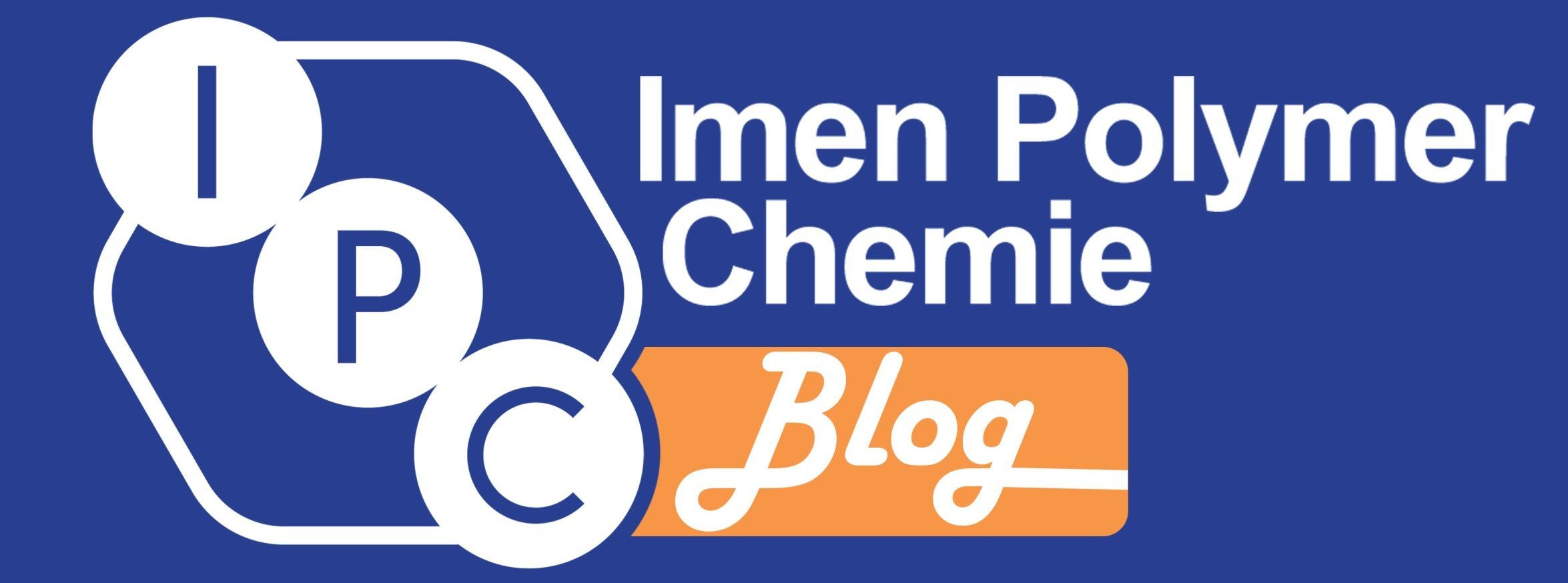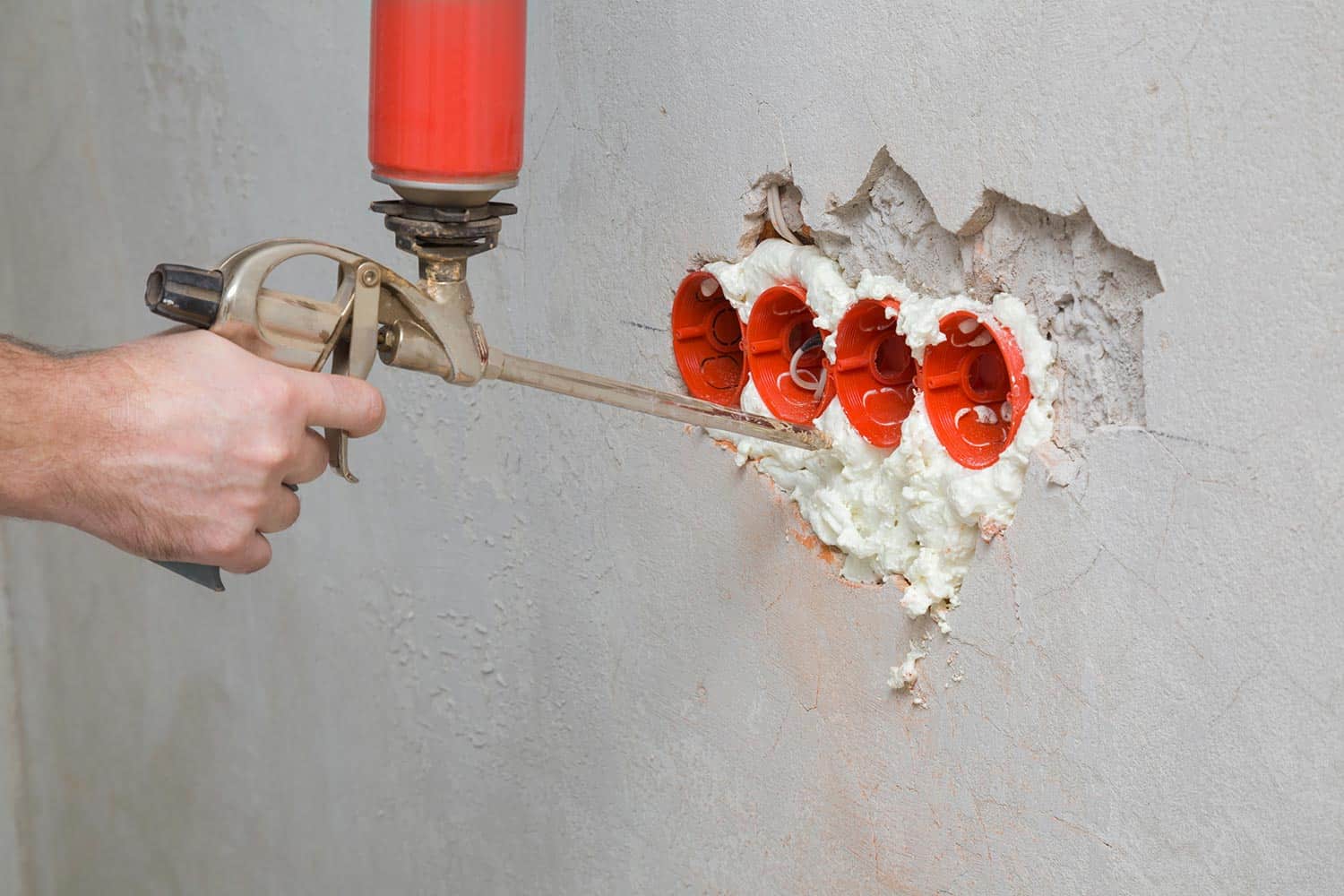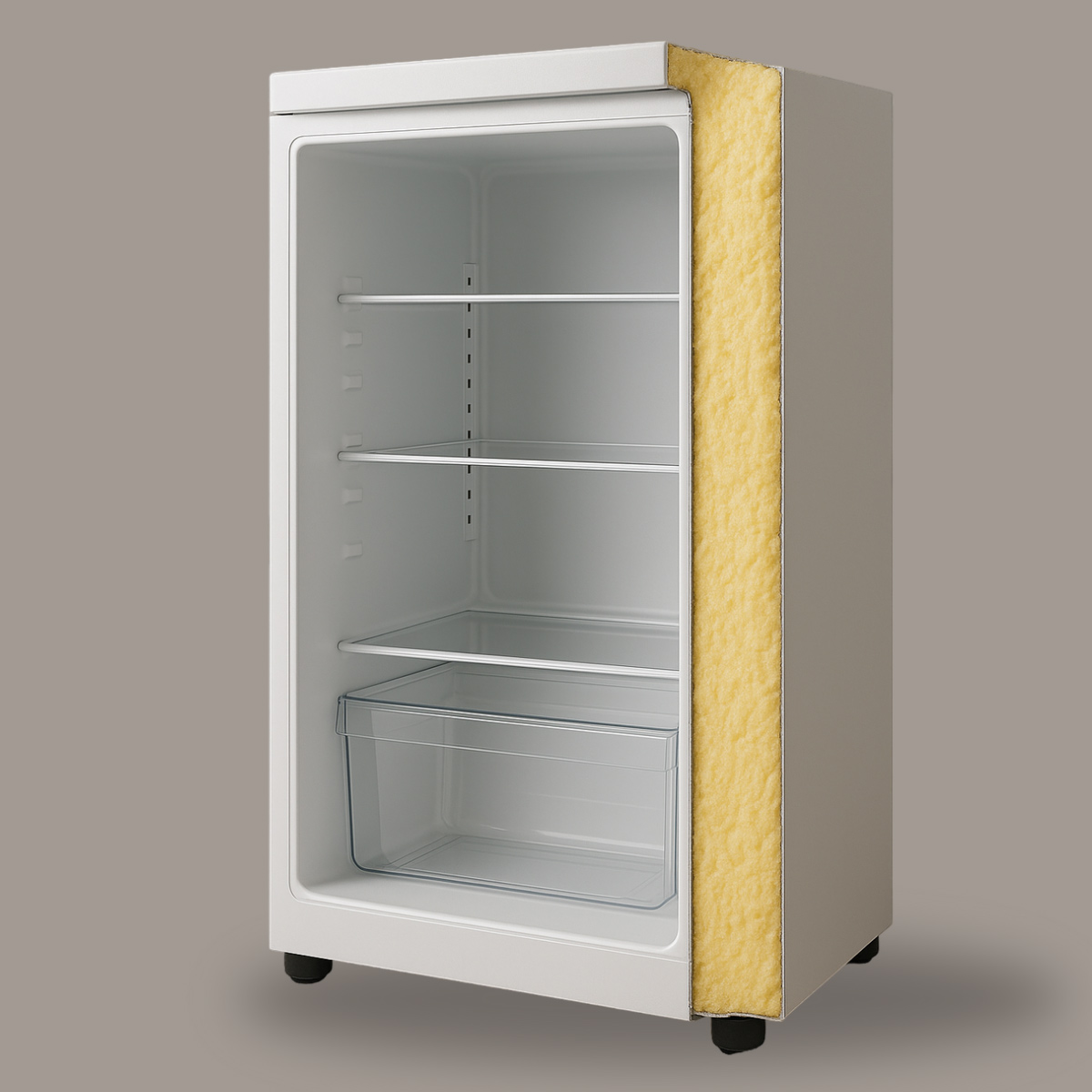Table of contents
Polymer materials have been used in construction as structural and insulating elements for over 40 years. The key role here is played by the one-component polyurethane foam (OCF), which is commonly referred to as assembly foam. The name “one-component foam” derives from the production technology. We are going to talk about the foam and its properties in the following paper.
One-component foam (OCF)
Polyurethanes (so also the OCF) are chemically cured polymers which each time require mixing two interacting components A and B to obtain the target material. A single container with an OCF includes a product being ready for use. It is something that makes OCFs stand out from other (two-component) polyurethane foams.
The main constituents of PU foams, including OCFs, are polyols, isocyanates and additives such as catalysts, foam stabilizers, plasticizers and fire retardants. When producing the OCFs, all these components are packed into a metal can which is then filled with a mixture of liquefied gases called propellants via a special valve. It can be quickly and easily applied with the use of a special gun or a plastic hose.
OCF is a self-expanding, self-adhesive moisture curing gap filler with the main advantages being its portability and ease of application. Also, the foam serves as the adhesive, sealant and/or insulating material.
Classification of OCFs
- The method of application:
Gun foams are designed for professional use and hose foams for amateurs / so-called Do-It-Yourself (DYI) foams. Professional foams can be applied multiple times with a special gun. DYI foams are designed for a single use and are applied with a special hose attached to the packaging.
- The temperature of application:
The temperature of application. Summer foams can be applied at +5C to +35C. Winter foams can be applied at -15C to 25C. All-season foams can be applied at – 5C to +30C.
- Flammability class:
We distinguish foams that meet the requirements for classes B1, B2 and B3. Class B1 includes fire-retardant products, B2 stands for products of normal flammability, while B3 designates the most flammable products. The products classified as B3 contain no fire retardants. The products classified as B2 normally contain a fire retardant called TCPP.
- Foam efficiency:
The use of appropriate polyols causes the formation of standard foams or high-performance foams. The efficiency of assembly foams is defined by the length of the line formed after application. Normally, a single container of a gun-applied assembly foam (680 g) is enough to produce an around 100 m line of foam being 20 mm in diameter. Polyols for the foams are base polyols that improve the structure and efficiency of foam by even 20%.
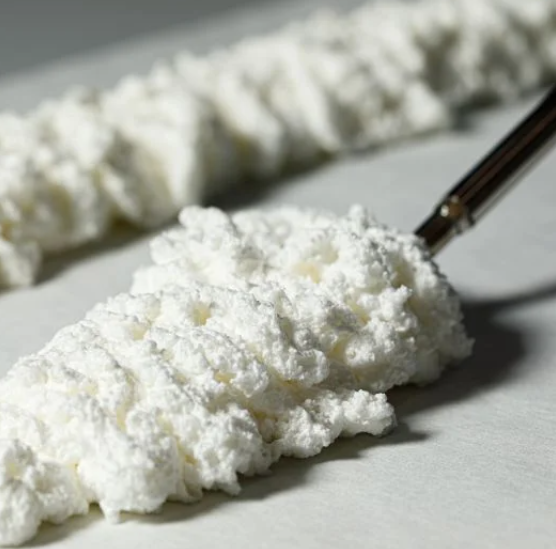
Properties of one-component foam
One-component foam has good adhesive properties for the majority of building and construction materials and is very resilient and elastic, weather resistant, non-sagging, fire resistant, and watertight.
Assembly foams (OCFs) are used on a broad scale for finishing works such as the installation of doors and windows, water and heat insulation as well as the filling of gaps in roofs, walls and floors and even pipe penetrations. They are perfect for improving thermal and acoustic insulation and for eliminating thermal bridges. In other words, gaps are effectively filled, sealed and insulated by one component foam.
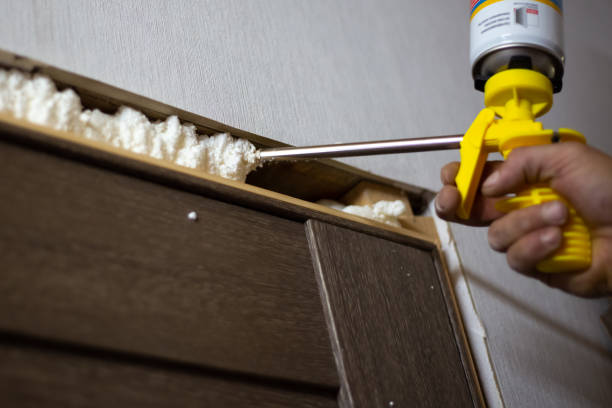
Appling one-component foam
The surfaces to be sealed must be clean, dust and oil free. Moisten the substrate before applying the foam. Before use, warm up the foam to the working temperature (the optimum temperature of the aerosol can is between 20 ° C and 25 ° C, maximum at 35 ° C). The working temperature must not be lower than + 5 ° C.
Before use, shake the aerosol can vigorously 20 times, with the valve upside down. Remove the cap and screw on the extension with the ‘straw’. Half fill the gap only since the foam expands by 2- to 3-fold after application and forms a compact cell structure. The foam will expand after application to fill the rest. If you fill the gaps wider and deeper than 5 cm, it is recommended you apply the foam in multiple layers.
Depending on the application, there are different nozzles. The cone nozzle is an all-round nozzle that ensures even distribution and is ideal for in-situ foaming. The slow rise is especially important when injecting polyurethane foam, also known as in-situ foams. This gives the foam time to reach all holes and corners before it cures. Quick rise is often used on walls so that one can work through quickly.
To apply the foam, turn the aerosol can upside down and press the valve. By pressing the valve, you activate the foam, and start applying it at the bottom and then continue to the top. The binding time is usually 5 to 10 minutes and the foam is fully cured in 1.5 to 5 hours. The curing of fresh foam can be hastened by moistening the substrate, and by moistening of freshly applied foam.
The curing of polyurethane foam is influenced by many factors: temperature, room humidity, type of substrate and the width and depth of the joint. As the conditions can be very different from installation to installation, it is difficult to determine when the expansion/curing of the foam is completed and it is recommended keeping them in at least 24 hours.
When applying the foam is finished and the foam is fully cured, clean the uncured foam and cut it with a sharp knife; also, it is recommended to protect the cured foam against the effects of UV light.
It is worth noting that work on assembly foams require general training in their use due to the risk of igniting the foam, which contains flammable gases. Any incautious transport or storage of the cans may cause them to break or explode. While working on an OCF, one must exercise particular caution and use personal protective clothing, especially protective gloves and goggles. During application, one must also remember about adequate ventilation in the room.
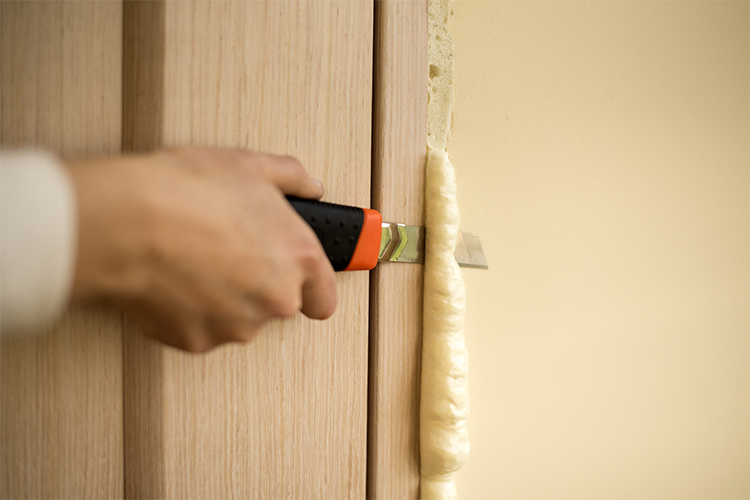
To sum up one-component polyurethane foam is used as an adhesive in different applications. It is a high-quality polyurethane material used to provide quick drying and improved surface adherence. It is a practical glue for closing gaps and minimizing leaks from walls, doors, and windows. OCF formulations typically employ a polyurethane prepolymer formulation and a propellant and/or compressed liquefied gasses. The unique nature of the OCFs in the world of polyurethanes is proved by the fact that a single container is filled with a ready-to-use product. Once all components are mixed in the can, they slowly start to react with one another to form a special polymer.
